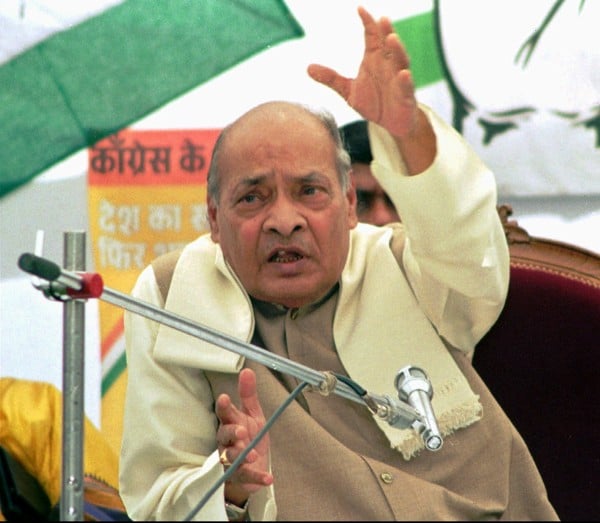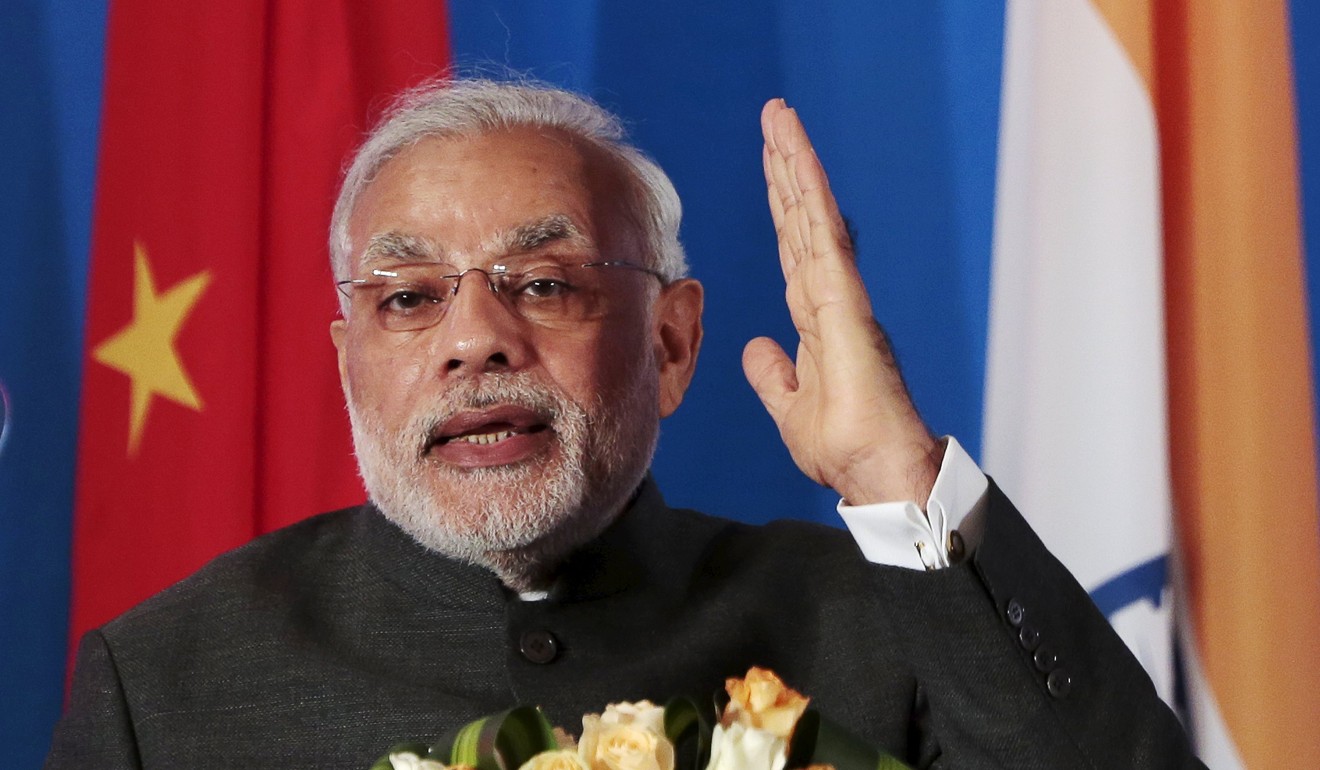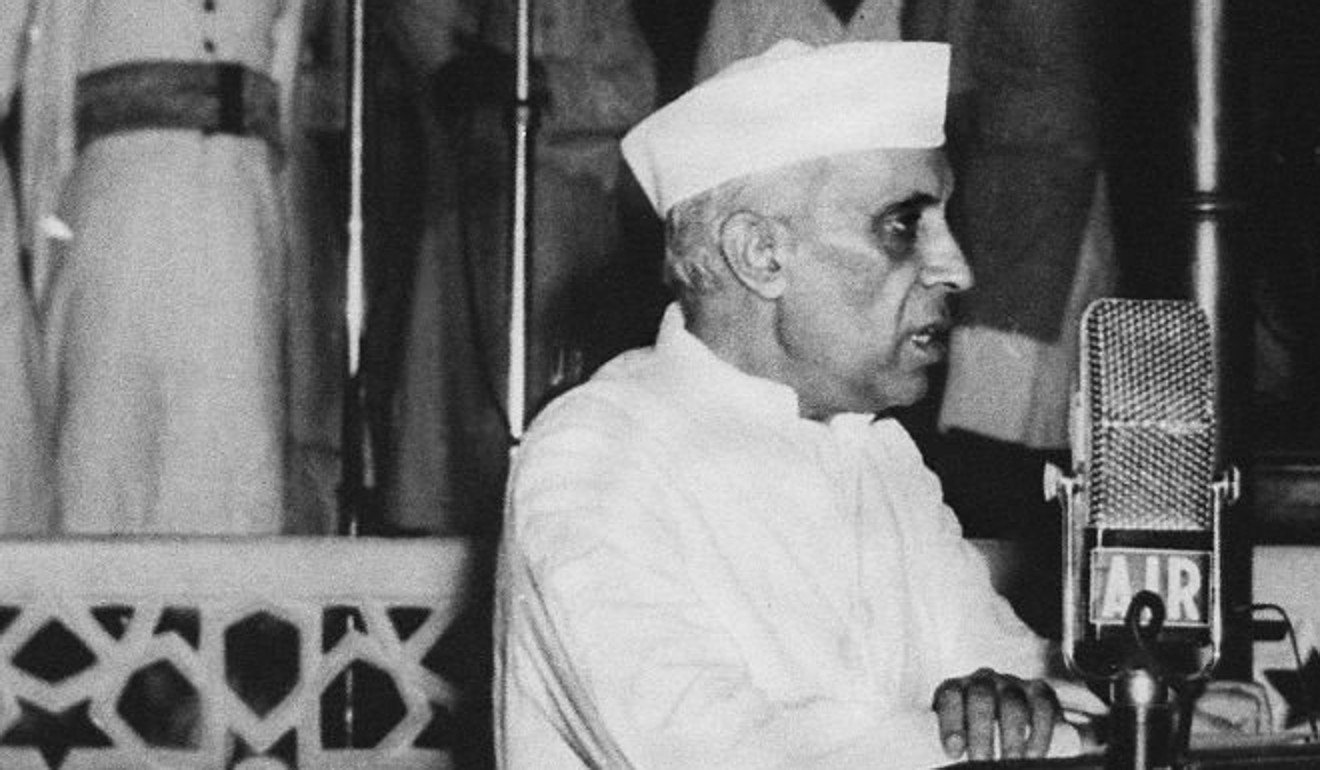- Joined
- Jul 19, 2008
- Messages
- 30,580
- Points
- 0
Go China!! Go China!!!
Shit skin syed putra: NOOOO!!!!!
Jholmesjr: WTF! Let me take revenge by insulting jah.
http://dunyanews.tv/en/World/397393-China-targets-Indian-bunkers-killing-158-soldiers
SIKKIM (Dunya News) – At least 158 Indian soldiers have been killed on Monday as China fired rockets across the border.
Reportedly, several soldiers were wounded in the attack today.
The development came in after China flexed its political muscle in the area close to Tibet border today with a fully equipped brigade indulging in live ammunition drill, China s state television reported.
A two-minute video clip was broadcast on China Central Television that showed the soldiers attacking an enemy position using rocket launchers, machine guns, and mortars.
Another military exercise witnessed use of missiles and anti-tank grenades, the state television reported.
Photos here
Shit skin syed putra: NOOOO!!!!!
Jholmesjr: WTF! Let me take revenge by insulting jah.

http://dunyanews.tv/en/World/397393-China-targets-Indian-bunkers-killing-158-soldiers
SIKKIM (Dunya News) – At least 158 Indian soldiers have been killed on Monday as China fired rockets across the border.
Reportedly, several soldiers were wounded in the attack today.
The development came in after China flexed its political muscle in the area close to Tibet border today with a fully equipped brigade indulging in live ammunition drill, China s state television reported.
A two-minute video clip was broadcast on China Central Television that showed the soldiers attacking an enemy position using rocket launchers, machine guns, and mortars.
Another military exercise witnessed use of missiles and anti-tank grenades, the state television reported.
Photos here










